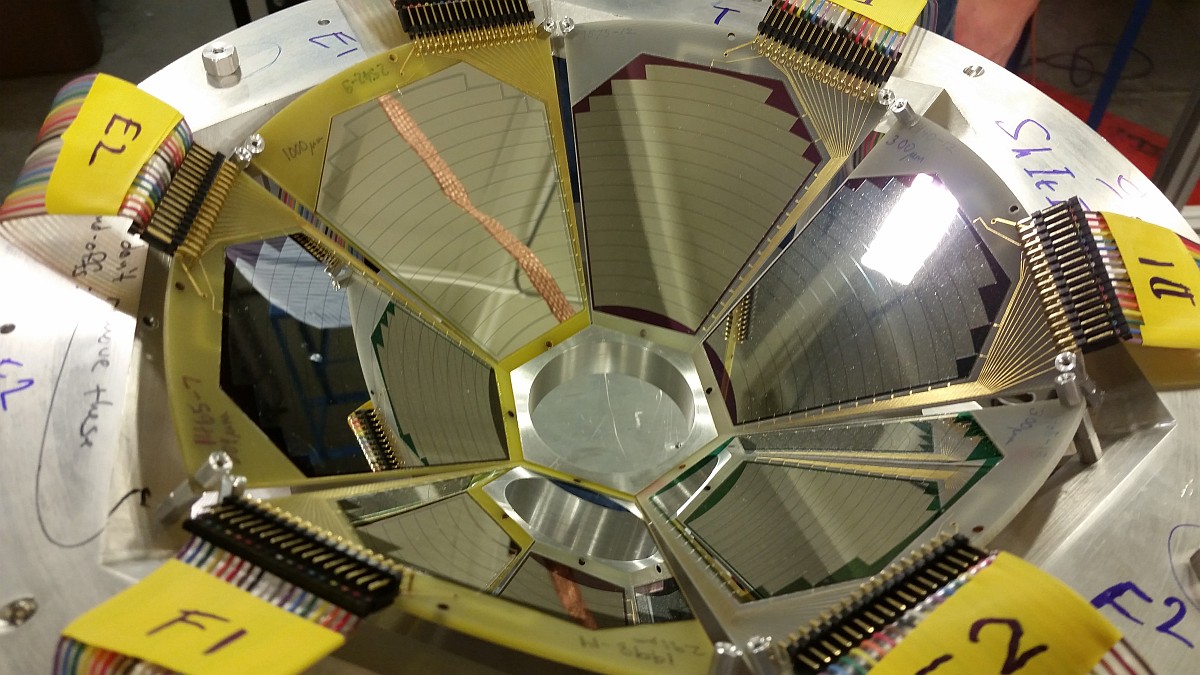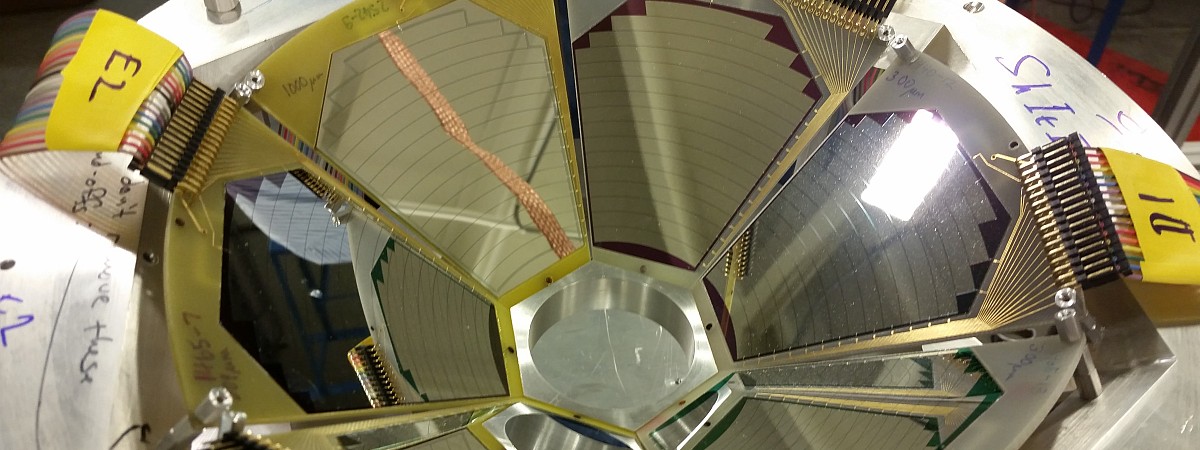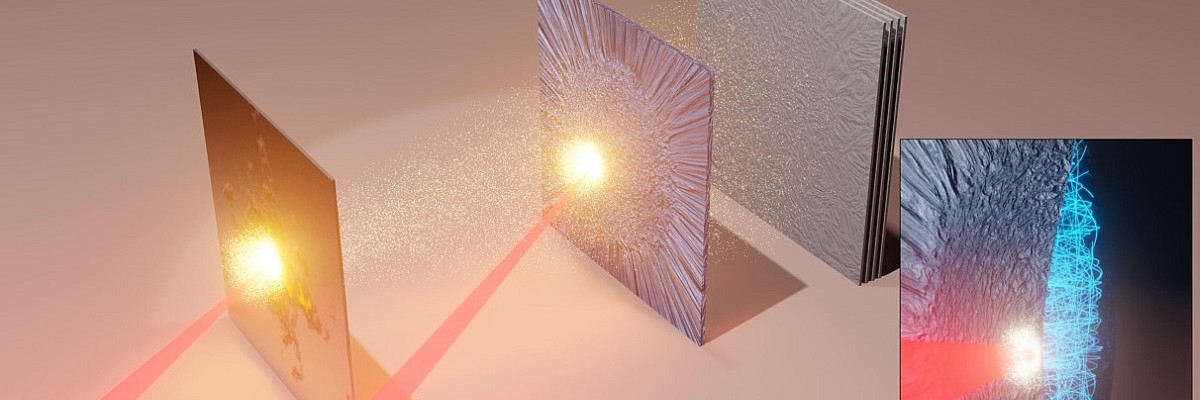Reporting their finding in Physical Review C [ https://journals.aps.org/prc/abstract/10.1103/PhysRevC.101.055801 ], an international collaboration led by Dr. Catalin Matei from ELI-NP measured the 7Li(γ,t)4He ground-state cross section for the first time using monoenergetic γ-rays at the HIγS facility in USA. The team carried out the measurements of the cross section in 2017 at HIγS using a large-area silicon detector array and several beam characterization instruments.
One of the unresolved questions in nuclear astrophysics is the so-called "cosmological Lithium problem". Lithium isotopes are produced during the first 15 minutes after the Big Bang, the initial event that created the Universe. Big-Bang Nucleosynthesis (BBN) is the theory that predicts the abundances of light elements at the beginning of the Universe based on the cross sections of nuclear reactions. While for all the light elements there is a good agreement between observed and calculated primordial abundances, for Li-7 there is a discrepancy of a factor of 3-4.
The Charged Particle Detection group at ELI-NP proposed the measurement of the photodisintegration cross section of 7Li through the 7Li(γ,3H)4He reaction as one of the first experiments to be performed at ELI-NP using the γ-ray beam and the ELISSA detector array. However, before the ELI-NP facilities and detectors are implemented, a proof-of-principle proposal was initiated to measure the 7Li(γ,3H)4He reaction at HIγS.



